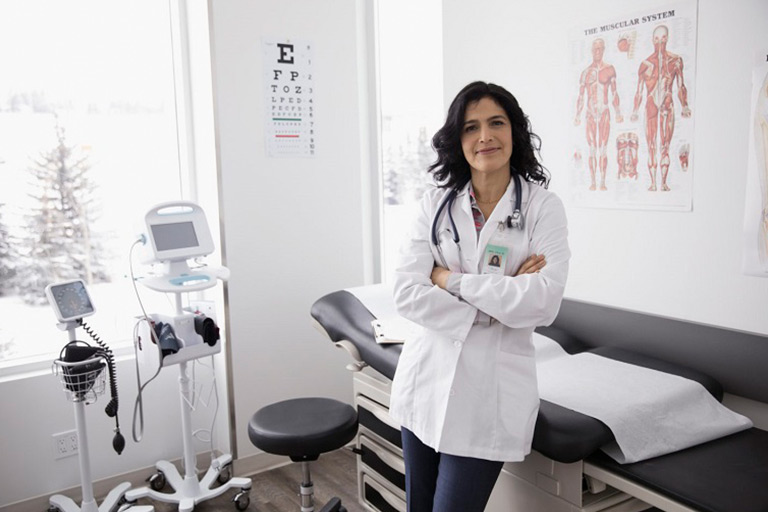The unique and limited capabilities of various tablet and mobile devices has forced mobile EHR designers to reconsider the types of functionalities that need and should be available to tablet and mobile device users. And it’s forced design teams to go back to the drawing board and learn from some of the IT industry’s earlier mistakes.
The increased adoption of tablets and mobile devices does not mean the end of desktop computing, despite what champions of the former say. The use of a multitude of computers by clinicians gives credence to the purposes that devices serve. What the emergence of iPads, iPhones, and the like has done is signal the need to suit applications and services to the appropriate endpoint device so as to take the greatest advantage of that device’s unique capabilities.
“The approach that we took is basically to start the whole design process over,” Stanley Crane, Chief Innovation Officer at Allscripts. “Back in the days when people switched from DOS to Windows, there were some applications that tried to look like their DOS counterparts but worked in Windows and didn’t make that much use of the mouse or that capability.”
A well-developed mobile EHR solution takes advantage of the endpoint device’s strengths (e.g., mobility, processing power) while at the same time appreciating its weaknesses (e.g., networking, displays).
“iPads and tablets have small screens and are on a wireless network,” Crane explains. “So you’re on the slowest network, have the smallest screen, and probably have the slowest computer in the environment. Now what can you do given all these limitations?”
An appreciation of these limitations has led mobile EHR developers to adopt the 80-20 rule for design features and functionalities available to this subset of users.
“We decided to do the simplest things that people do the most often,” observes Crane. “What can we do really, really effectively on the tablet? These are things like renew a medication, reconcile allergies, or deal with messages inside the clinic. Setting up a new user, typing for CEA? That would be an inappropriate use.”
Additionally, tablets such as the iPad, a decided favorite among physicians, have capabilities that make them distinct from desktop PCs:
How do we take advantage of all these new things? So with an iPad, there’s a camera. We should be able to take a picture of a patient’s wound or suspicious mole and load that into the patient’s record for documentation purposes. So let’s do that — let’s take advantage of the capabilities of this device and do what we’ve never been able to do easily before and don’t get carried away. Don’t feel like you have to make this multipurpose product.
This differentiation has EHR innovators like Crane thinking differently about taking advantage of these differences rather than minimizing them for the sake of a single product. Rather than one size fits all, it’s choose which size fits best.
“Historically, we’ve always built Swiss army knives,” argues Crane. “We had configurations so that one thing could do everything. Now what we’re starting to do is building a world-class product that does this and only this. The way you customize the product is based on which one you pick up.”
According to Crane, what the EHR market is likely to see is a whole new kind of innovation, which will take place in mobile EHR where there is more room for creative solutions because of the requirements and limitations being placed on traditional EHR systems as a result of meaningful use and other mandates.
Suit the action to the word, the word to action. “When you play golf, you pick the right tool for the right situation. You don’t only use a driver,”.























